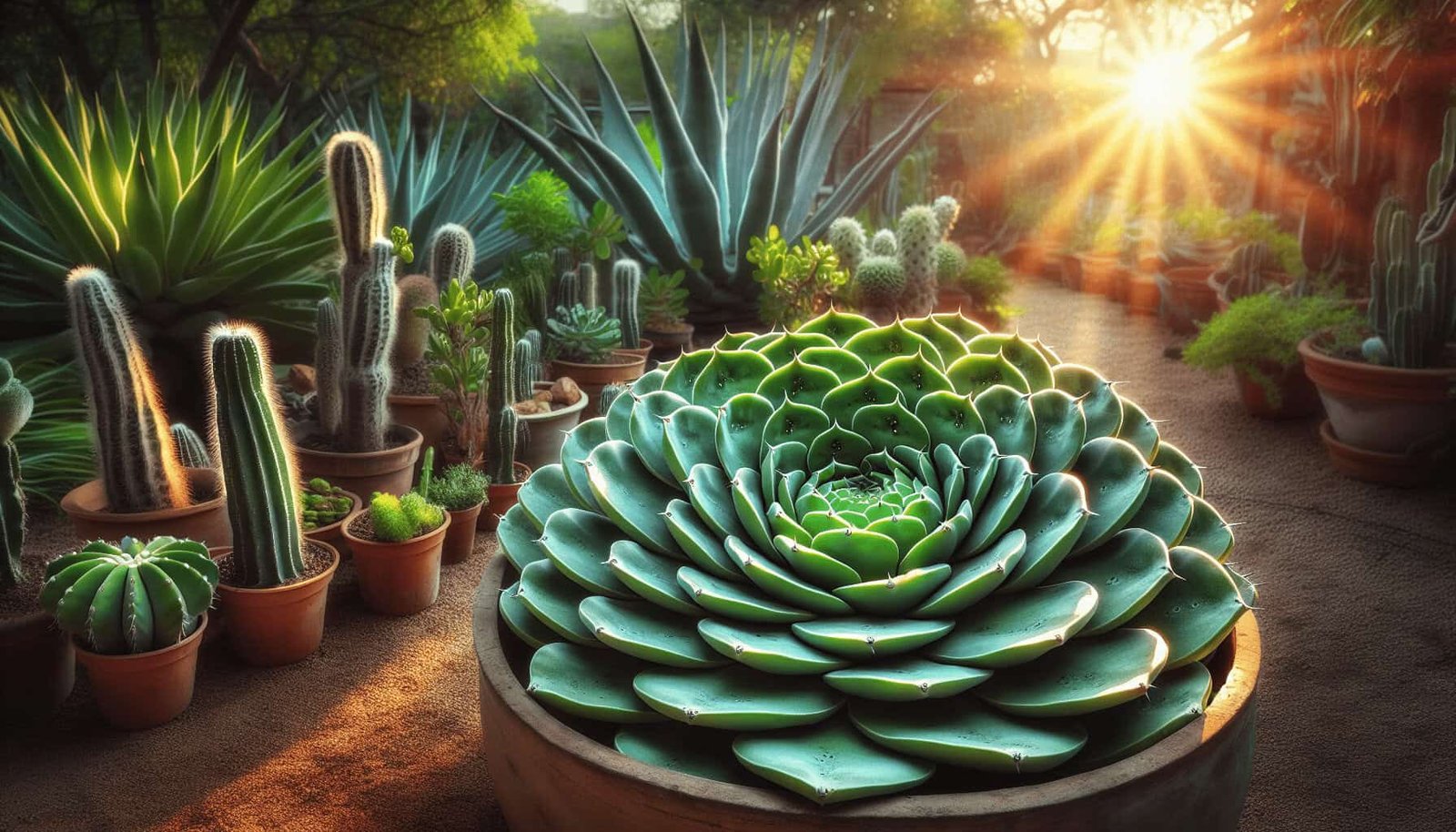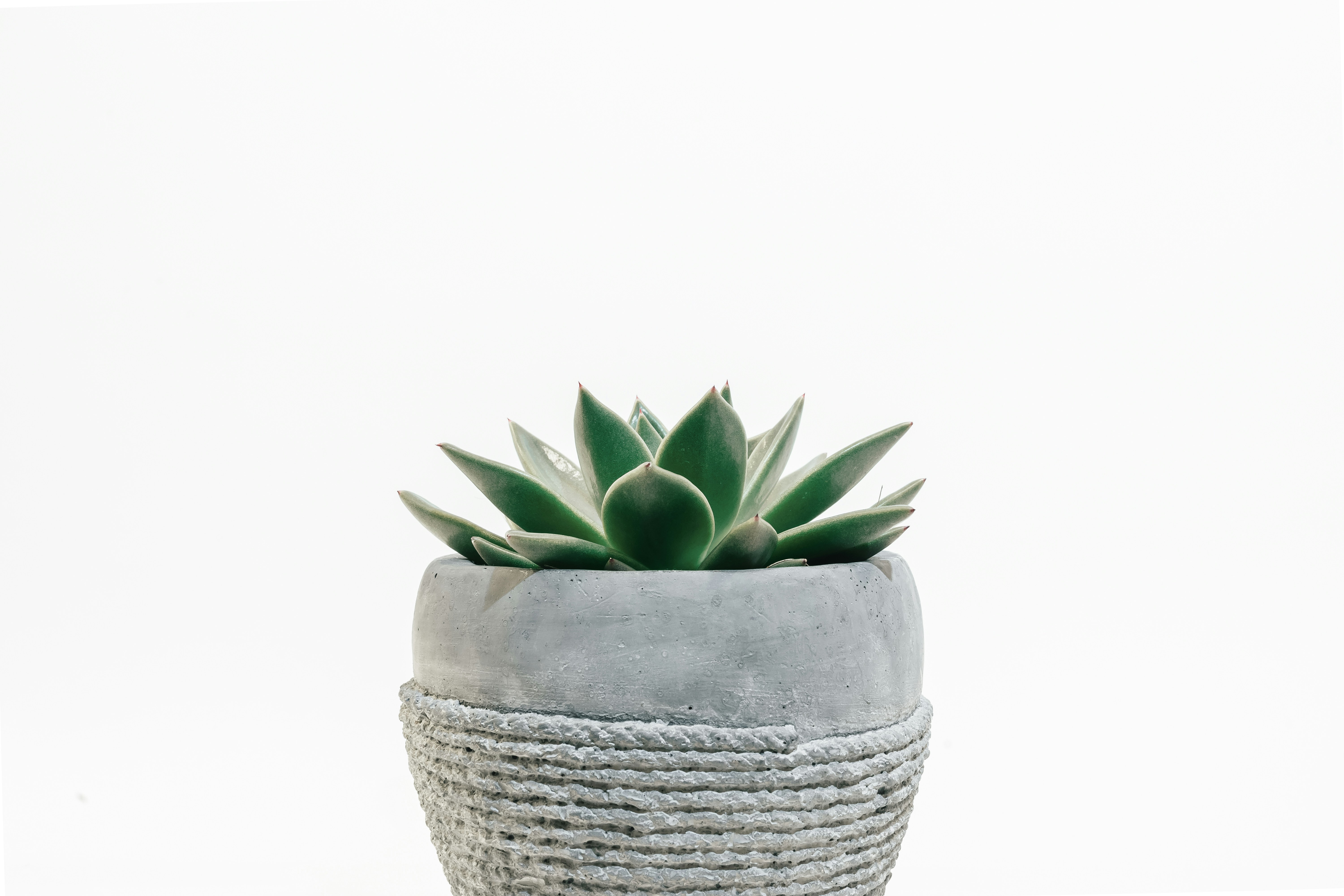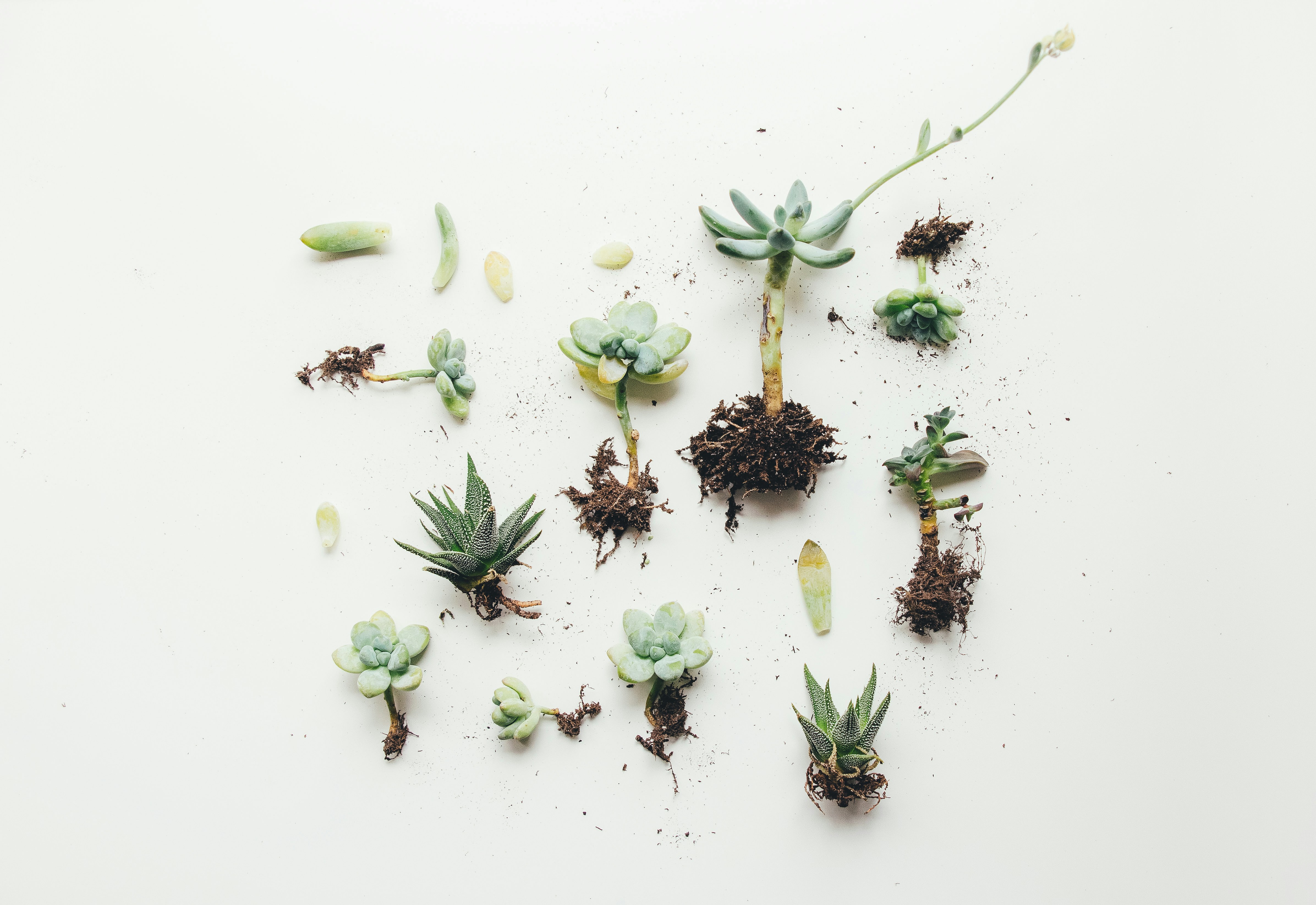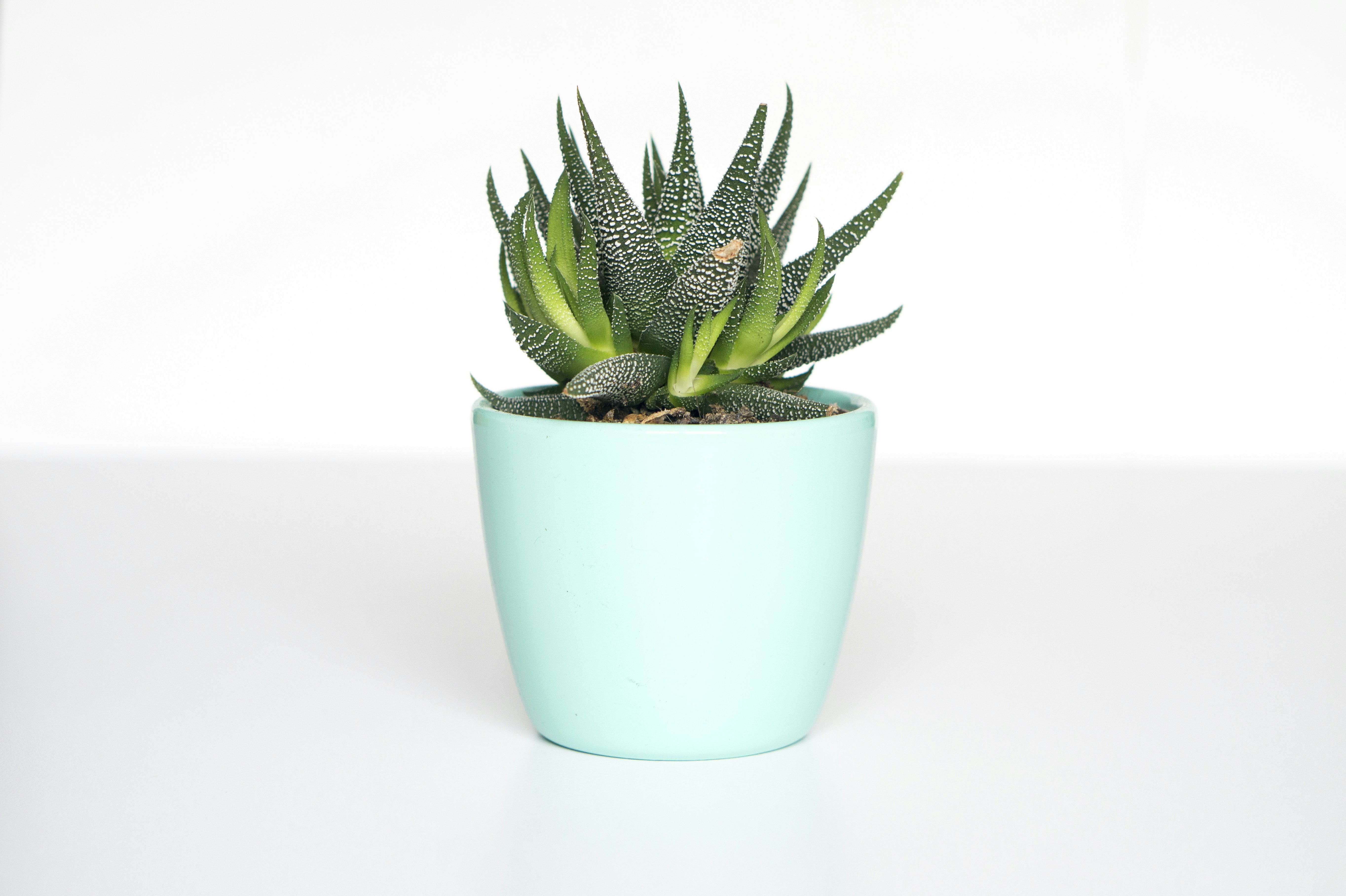Are you looking to yield the largest and healthiest nopal pads possible from your garden? In “How Do I Maximize Nopal Pad Size For Harvest?”, you’ll discover practical tips and essential techniques to boost their growth. You’ll explore the best practices for soil preparation, watering routines, and nutrient management to ensure your nopal cactus thrives. Ready to elevate your harvest? Dive in and start growing the biggest nopal pads you’ve ever seen! Have you ever wondered how you can maximize the size of your nopal pads for a better harvest? Whether you’re a hobby gardener or a seasoned farmer, getting the most out of your nopal cactus can be a rewarding endeavor. Not only does a bigger nopal pad offer more food, but it also enhances the overall productivity and health of your cactus.
In this guide, we’ll walk you through the various steps and techniques to help you maximize the size of your nopal pads. From the initial selection of the right variety to optimizing soil conditions, we’ll cover everything you need to know. So, let’s dive in and get those nopal pads growing big and healthy!
Selecting the Right Nopal Cactus Variety
Importance of Variety Selection
The first step to maximizing nopal pad size is choosing the right variety of nopal cactus. There are numerous varieties available, each with different growth characteristics and pad sizes. Selecting a variety known for larger pad size will give you a significant head start.
Recommended Varieties for Larger Pads
Certain nopal varieties are bred to produce larger and more succulent pads. Here are a few recommended ones:
| Variety Name | Characteristics | Notes |
|---|---|---|
| Opuntia ficus-indica | Large, thick pads, excellent for food | Commonly grown for both fruit and pads |
| Opuntia cochenillifera | Moderate to large pads, thin and tender | Suitable for culinary purposes |
| Opuntia robusta | Very large and thick pads | Best for maximizing pad size |
By starting with a variety known for its larger pads, you’ll already be on the path to a more productive harvest.
Soil Preparation and Quality
Soil Requirements
Nopals are hardy and can grow in a variety of soil conditions, but to maximize pad size, the soil needs to provide the right nutrients and support.
- Soil Type: A well-draining soil mix is crucial as nopals do not like to sit in water. A sandy or loamy soil works well.
- pH Level: Nopals prefer a slightly acidic to neutral soil pH, around 6.0 to 7.0.
Enhancing Soil Quality
Even if your soil meets these basic requirements, you can still enhance its quality to support larger nopal pads.
- Organic Matter: Incorporate compost or well-rotted manure to provide essential nutrients.
- Soil Amendments: Adding perlite or sand can improve drainage if your soil is too clayey.
- Testing and Adjusting pH: Consider a soil test to check pH levels and add lime or sulfur as needed to adjust the pH.
Nutrient-Rich Fertilizers
Feeding your nopal cactus with the right nutrients can make a world of difference.
- Nitrogen: Promotes leaf growth and can help in enlarging nopal pads.
- Phosphorus and Potassium: Essential for root development and overall plant health.
A balanced fertilizer high in these nutrients can be applied monthly during the growing season.
Planting and Spacing Guidelines
Proper Planting Techniques
Proper planting can significantly impact the size of your nopal pads.
- Cutting Selection: Choose healthy, disease-free cuttings. Ideally, select pads from the middle of the plant.
- Planting Depth: Plant the cuttings about 1-2 inches into the soil. Ensure the pad is upright and secure.
- Orientation: Position the pads so that they receive optimal sunlight.
Ideal Spacing
Crowded plants can compete for resources, which can stifle pad growth. Give your nopals plenty of space to thrive.
| Plant Height | Spacing Between Plants |
|---|---|
| Under 3 feet | 1 to 2 feet |
| 3 to 5 feet | 2 to 3 feet |
| Over 5 feet | 3 to 5 feet |
Making sure your nopals have enough space to grow will allow them to maximize their size.
Watering Best Practices
Establishing a Watering Schedule
Nopals are drought-tolerant but providing the right amount of water can help maximize pad size.
- Initial Establishment: Newly planted nopals need more frequent watering to get established. Water them once a week.
- Mature Plants: Once established, water less frequently but deeply, about once every two to three weeks.
- Drought Conditions: In extremely dry conditions, provide supplemental watering to prevent stress.
Avoiding Overwatering
Overwatering can lead to root rot and other diseases, which hinder growth. Make sure the soil dries out between waterings.
Sunlight Requirements
Optimal Sunlight Conditions
Nopals thrive in bright, full sunlight. Ensuring they get enough light is crucial for maximizing pad size.
- Full Sun: Provide at least 6-8 hours of direct sunlight daily.
- Partial Shade: In extremely hot climates, a bit of afternoon shade can prevent sunburn and stress.
Adjusting Light Exposure
If your nopal isn’t getting enough light, consider moving it to a sunnier spot or trimming back plants that may be shading it.
Pruning and Maintenance
Benefits of Pruning
Regular pruning can encourage faster, healthier growth and larger pads.
- Removing Dead or Damaged Pads: Keeps the plant healthy and focused on producing new growth.
- Shaping the Plant: Helps in managing the plant size and encourages the growth of new pads.
How to Prune
Use clean, sharp tools to make clean cuts. Always wear gloves to protect yourself from the spines.
Regular Maintenance Tips
- Weed Control: Keep the area around your nopal free of weeds that can compete for nutrients and water.
- Pest Management: Regularly check for and manage common pests like mealybugs and scale insects.
Disease Prevention and Management
Common Diseases
Being proactive about disease management can save you time and trouble down the road.
| Disease | Symptoms | Prevention/Treatment |
|---|---|---|
| Root Rot | Yellow, wilting pads | Ensure well-draining soil |
| Rust | Orange spots on pads | Remove affected pads, use fungicide |
| Cactus Scab | Rough, scabby spots | Improve air circulation, use insecticidal soap |
Preventative Measures
- Proper Air Circulation: Ensure good spacing and prune regularly.
- Cleaning Tools: Always disinfect pruning tools to prevent the spread of disease.
- Quarantine New Plants: Keep newly acquired plants separate until you’re sure they are disease-free.
Harvesting Tips
When to Harvest
Knowing the right time to harvest maximizes yield and pad quality.
- Size and Thickness: Pads should be thick and about 6-8 inches long.
- Color: Look for a consistent, healthy green color.
How to Harvest
Use a sharp knife or shears to cut the pad cleanly from the plant. Hold the pad securely to avoid injury from spines.
Post-Harvest Care
Clean the pads thoroughly and store them in a cool, dry place.

Advanced Growing Techniques
Using Growth Hormones
Certain growth hormones can be used to encourage larger pad size.
- Cytokinins and Auxins: Hormones can be applied to growing pads to promote cell division and enlargement.
- Application: Be cautious with dosage and follow the manufacturer’s guidelines.
Soil Solarization
Soil solarization is a non-chemical method for controlling soil-borne pests and diseases.
- Method: Cover the soil with a clear plastic sheet for 4-6 weeks during the hottest part of the year.
- Benefits: Eliminates weeds, pests, and diseases that could hamper nopal growth.
Troubleshooting Common Issues
Dealing with Small Pads
If your pads are not reaching the desired size, consider the following:
- Nutrient Deficiency: Test the soil and fertilize as necessary.
- Insufficient Watering: Check your watering schedule and adjust.
- Poor Soil Quality: Enhance with organic matter and soil amendments.
Sunburned Pads
Too much direct sunlight can cause sunburn.
- Solution: Provide afternoon shade or move the plants to a less intense sun location.
Pest Infestation
If pests are affecting your nopal pads, act quickly to control them.
- Natural Predators: Introduce beneficial insects like ladybugs.
- Insecticidal Soaps: Use as a safe, effective treatment.
Final Thoughts
Growing larger nopal pads is a blend of art and science. By selecting the right variety, preparing the soil, ensuring proper care, and being proactive about pest and disease management, you can maximize the size and health of your nopal pads. Remember, a little attention and effort go a long way in achieving a bountiful harvest.
So, roll up your sleeves, apply these techniques, and watch your nopal pads flourish! Happy gardening!




